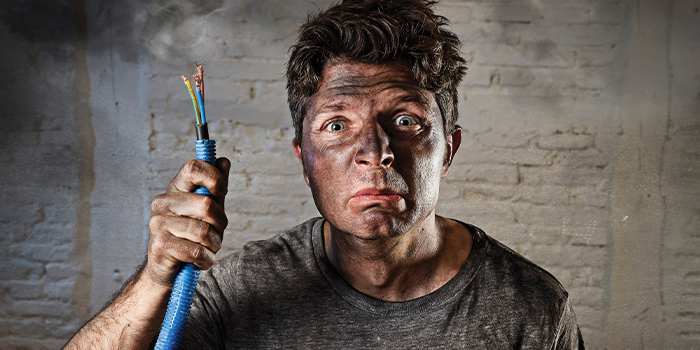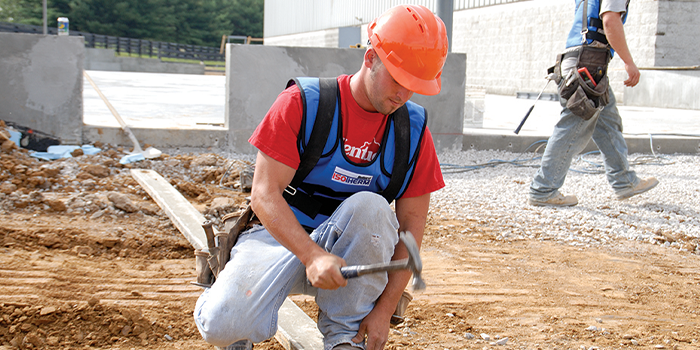Asbestos in Roofs
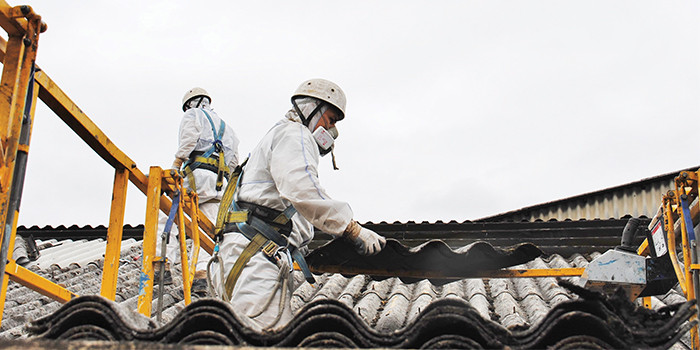

Spray Foam Magazine – Late Summer 2021 – Asbestos was introduced in the 1800s and soon became popular due to its efficient and cost-effective fireproofing and insulation properties. Fast forward to the 1980s when people suddenly realized this material is a carcinogen and not great for our health.
Construction workers are usually fully aware of asbestos and the potential risks. For all those who don’t know, certain types of asbestos fibers are so strong, and they cannot be broken down in the human body. This can result in a buildup of scar-like tissue in the lungs called asbestosis. Illness and even death from diseases such as lung, gastrointestinal and Mesothelioma cancer are also a possibility.
Friable vs. Non-Friable Asbestos
Discovering asbestos in a roof may have building owners in a panic and paying a substantial sum for an abatement company to come and remove the material. However, there is a way of dealing with non-friable asbestos that will not result in a big payout.
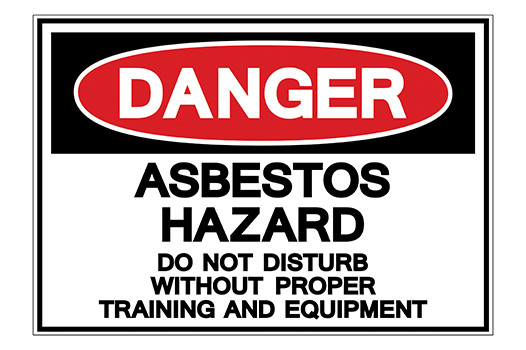
Friable asbestos can easily be broken down, chipped or crumbled releasing inhalable asbestos. This type of asbestos is fragile and should be removed by an abatement company. There are however instances where spray foam has been applied to help contain the friable asbestos until its removal.
Non-friable asbestos can be found in cement sheets and bitumen products, and they are less likely to be damaged by hand and release the harmful fibers, so are therefore less of a risk to people. This is where spray foam really comes into play.
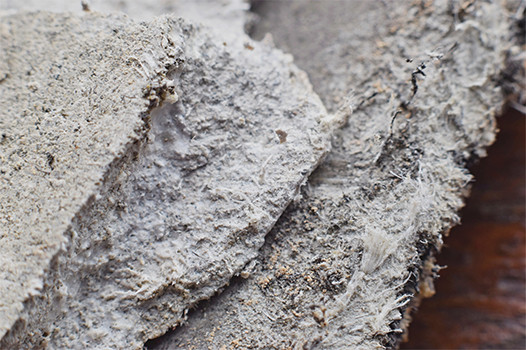
Close-up view of roof covering material with asbestos fibers. SPF can help create the containment required to eliminate the spread of asbestos fibers.
Spray Foam Encapsulation
Most of the asbestos in U.S. buildings are non-friable and found in vinyl flooring or a building’s roof. Roofers can encapsulate the non-friable asbestos with closed-cell spray foam, which provides a physical barrier to protect from exposure to airborne fibers. Once the area is lightly cleaned (no power washers allowed for asbestos), the spray foam insulation is installed on both sides of a panel, encapsulating the structure, and filling in any hairline cracks or minor damage to the asbestos sheeting. A protective elastomeric coating is then applied over the top of the foam for extra protection.
The spray foam creates a secure blanket and the containment required to eliminate the spread of asbestos fibers in run-off and the material contained on site. Due to the foam being visible, it also helps confirm that all asbestos areas are covered, and the clean-up is easier and more controlled.
Roofing materials are also exposed to the greatest weather conditions and therefore have the greatest risk of deterioration. Closed-cell spray foam improves the thermal function of the roof encapsulation, can improve waterproofing, and fill in any hairline cracks which asbestos roofs can be prone to.
There are a percentage of buildings in the U.S. that have contained friable asbestos, but they are minimal compared to that of the UK where pre-late 1990s it was common to construct using asbestos insulation, cement, shingles, siding, wallboard and tiles. Many structures are still contaminated with asbestos and continue to present a danger for individuals performing renovations or demolition on these older structures.
At least 50 countries, including Australia, the United Kingdom, Canada and all 28 countries of the European Union, have banned asbestos. However, it may be unsettling to learn that the U.S. has not banned all asbestos uses such as roofing products, and fireproof clothing and automotive brake-pads.
Thankfully the Occupational Safety and Health Administration (OSHA) and the U.S. Environmental Protection Agency (EPA), created guidelines and advice to limit exposures to asbestos and other toxic pollutants.
The Environmental Protection Agency (EPA) issued the Asbestos Ban and Phase-Out Rule (ABPR) in July 1989. This plan was attempting to impose a full ban on the manufacturing, importation, processing, and sale of asbestos-containing products. The proposed legislation was fleeting due to an intense response from the asbestos industry. With opponents of the rule saying the ban would lead to “death by regulation”, stating potential job loss and economic consequences if the ban was enforced.
Using closed-cell spray foam to encapsulate the non-friable asbestos instead of removing it, helps reduce cost and time, which are both common factors when dealing with asbestos. Yet again, spray foam insulation rises to the challenge by capturing the solution to what could possibly be an expensive problem.
Disqus website name not provided.






